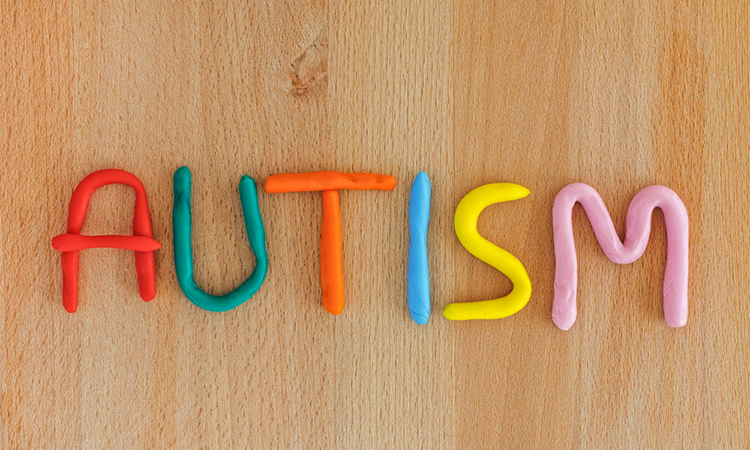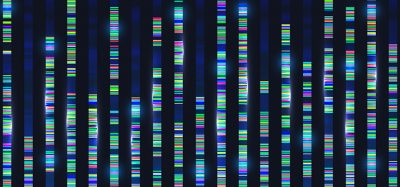Researchers find ancient virus genome drives autism
Posted: 14 March 2023 | Ria Kakkad (Drug Target Review) | No comments yet
The scientists revealed in mice models that endogenous retrovirus activation increases a foetus’s susceptibility to autism.

In a detailed series of experiments and analyses of mice, researchers from Kobe University, Japan, have revealed that endogenous retrovirus activation increases a foetus’s susceptibility to autism. They also discovered that BTBR/R mice exhibits autistic-like behaviours without reduced learning ability, making it a more accurate model of autism than the widely-used BTBR/J mice model.
It is hoped that further research will contribute towards better classification of autism types, as well as the creation of new treatment strategies for neurodevelopmental disorders.
The ground-breaking results were published in Molecular Psychiatry.
First, the researchers conducted MRI scans on BTBR/J and BTBR/R mice to investigate structural differences in each region of the brain. The results revealed that there were differences between BTBR/J and BTBR/R mice in 33 regions including the amygdala. A particularly prominent difference discovered was that even though BTBR/J’s corpus callosum is impaired, BTBR/R’s is normal.
Next, the research group used the array CGH method — a method can detect genome abnormalities including genomic DNA amplification and defects on a high-resolution scale that encompasses all the chromosomes — to compare BTBR/R’s copy number variations with that of a normal mouse model (B6). They revealed that BTBR/R mice had significantly increased levels of endogenous retroviruses (ERV) in comparison to B6 mice. Furthermore, qRT-PCR tests revealed that these retroviruses were activated in BTBR/R mice. On the other hand, in B6 mice there was no change in the expression of LINE ERV (which is classified in the same repetitive sequence), indicating that this retroviral activation is specific to BTBR).
Subsequently, the researchers carried out single-cell RNA analysis on the tissue of embryonic BTBR mice on the Aorta-gonad-mesonephros (AGM) region and yolk sac. The results provide evidence of ERV activation in BTBR mice, as expression changes were observed in a group of genes downstream of ERV.
Lastly, the researchers comprehensively investigated the differences between BTBR/J and BTBR/R on a behavioural level. BTBR/R mice were less anxious than BTBR/J and showed qualitative changes in ultrasound vocalizations, which are measured to assess communicative ability in mice. BTBR/R mice also exhibited more self-grooming behaviours and buried more marbles in the marble burying test. These two tests were designed to detect repetitive behavioural abnormalities in autistic individuals. From the results, it was clear that BTBR/R exhibits more repetitive behaviours than BTBR/J. The 3-chamber social interaction test, which measures how closely a mouse will approach another mouse, also revealed more pronounced social deficits in BTBR/R than BTBR/J mice. In addition, a Barnes maze was used to conduct a spatial learning test, in which BTBR/J mice exhibited reduced learning ability compared to B6 mice. BTBR/R mice, on the other hand, exhibited similar ability to B6.
Overall, the study revealed that retrovirus activation causes the copy number variants in BTBR mice to increase, which leads to the differences in behavior and brain structure seen in BTBR/J and BTBR/R mice.
BTBR/J mice are widely used by researchers as a mouse model of autism. However, the scientists say the results of this study highlight the usefulness of the other lineage of BTBR/R mice because they exhibit autistic-like behaviour without compromised spatial learning ability. The results also suggest that it may be possible to develop new treatments for autism that suppress ERV activation. Furthermore, it is necessary to classify autism subtypes according to their onset mechanism, which is a vital first step towards opening new avenues of treatment for autism.
Related topics
Animal Models, Disease Research, Genetic Analysis, Genomics, Neurosciences, RNAs
Related conditions
Autism
Related organisations
Kobe University







